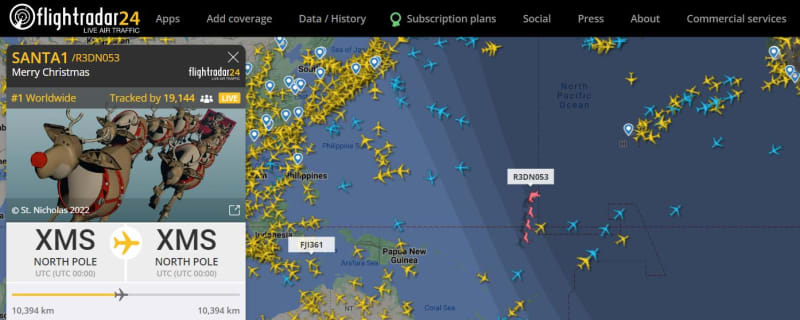thread815-445840: Boeing 737 Max8 Aircraft Crashes and Investigations [Part 1]
thread815-450258: Boeing 737 Max8 Aircraft Crashes and Investigations [Part 2]
thread815-452000: Boeing 737 Max8 Aircraft Crashes and Investigations [Part 3]
thread815-454283: Boeing 737 Max8 Aircraft Crashes and Investigations [Part 4]
thread815-457125: Boeing 737 Max8 Aircraft Crashes and Investigations [Part 5]
thread815-461989: Boeing 737 Max8 Aircraft Crashes and Investigations [Part 6]
thread815-466401: Boeing 737 Max8 Aircraft Crashes and Investigations [Part 7]
thread815-473001: Boeing 737 Max8 Aircraft Crashes and Investigations [Part 8]
Looks like Boeing is still having fun...
Rather than think climate change and the corona virus as science, think of it as the wrath of God. Feel any better?
-Dik
thread815-450258: Boeing 737 Max8 Aircraft Crashes and Investigations [Part 2]
thread815-452000: Boeing 737 Max8 Aircraft Crashes and Investigations [Part 3]
thread815-454283: Boeing 737 Max8 Aircraft Crashes and Investigations [Part 4]
thread815-457125: Boeing 737 Max8 Aircraft Crashes and Investigations [Part 5]
thread815-461989: Boeing 737 Max8 Aircraft Crashes and Investigations [Part 6]
thread815-466401: Boeing 737 Max8 Aircraft Crashes and Investigations [Part 7]
thread815-473001: Boeing 737 Max8 Aircraft Crashes and Investigations [Part 8]
Looks like Boeing is still having fun...
Rather than think climate change and the corona virus as science, think of it as the wrath of God. Feel any better?
-Dik



![[rofl] [rofl] [rofl]](/data/assets/smilies/rofl.gif)